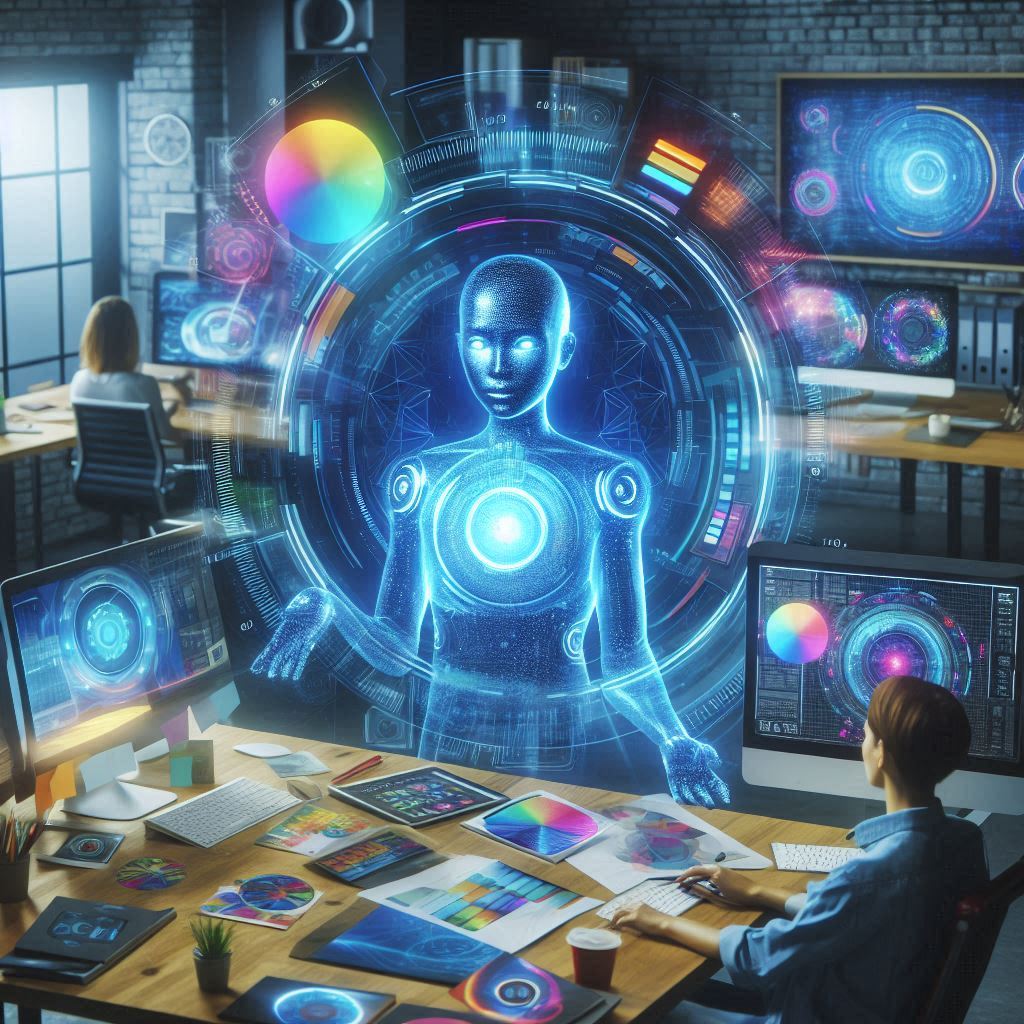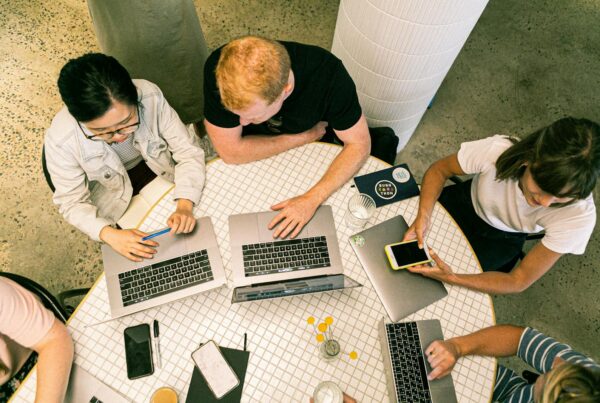Disclosure Sponsored Links: This post contains a paid-for sponsored link, meaning we have received compensation in exchange for including it. Sponsorship does not influence our content, but we believe in transparency regarding paid placements.
(Image created by Microsoft Copilot)
AI art is no longer just a futuristic concept. It’s here, transforming how designers work every day.
These tools are more than digital assistants. They’re co-creators, empowering professionals to craft stunning visuals faster and with fewer resources.
Imagine creating a captivating ad in minutes or refreshing an entire brand’s look without needing extra hands. That’s the level of innovation we’re seeing today.
Designers everywhere are harnessing this technology for better storytelling, enhanced creativity, and impactful marketing strategies. Ready to see how?
Table of Contents
The Role of AI Art in Modern Branding
Brands today must be visually striking to stand out. This is where creative AI tools, like Canva’s AI art tool, step in. They provide designers with quick access to unique concepts that align perfectly with a brand’s identity.
Here’s how they’re making an impact:
- Consistent Brand Identity: With automated style suggestions, designers can maintain cohesive visuals across platforms effortlessly.
- Faster Iterations: Mockups and variations come together within minutes rather than hours or days.
- Cost-Effective Creativity: Small businesses without hefty design budgets now create professional-grade materials efficiently.
It’s the same thing as having an ever-ready collaborator that ensures your designs always meet the mark – saving time while still wowing audiences.
Design Hack: AI-Powered Font Pairing – Try Fontjoy to find perfect font combinations quickly based on your project’s mood or branding requirements – no guessing involved!
Transforming Digital Marketing Campaigns with AI-Generated Visuals
Digital marketing thrives on fresh, eye-catching content delivered quickly. And modern campaigns need frequent updates and split testing to remain effective.
This is where AI-driven tools shine:
- Designers test multiple ad creatives rapidly by generating new versions using existing assets.
- Personalized graphics for segmented audiences are created at scale.
- Tools adjust for platform requirements (aspect ratios or file formats), minimizing manual tweaks.
For example, teams running social media ads often use features from popular systems like Canva or DALL-E 3 alongside standalone generators such as Fotor’s integrated solutions tailored toward conversion-focused imagery creation strategies.
By streamlining repetitive processes, marketers spend less time producing artwork and more on refining strategy – a significant edge when results matter most!
Real-World Examples of Successful AI Integration in Design
AI art tools are not just experimental novelties; they’re producing tangible results. Across industries, businesses are seeing the value these technologies bring to their creative processes.
Here are some standout examples:
- Coca-Cola’s Digital Campaigns: Coca-Cola utilized AI art to create mesmerizing digital ads tailored for various global markets, maintaining consistency while adapting to regional tastes.
- Nike’s Customized Content: By incorporating AI-generated visuals, Nike enhanced customer engagement through personalized product promotions and visually dynamic social media campaigns.
- Freelancers Reaching Big Clients: Independent designers use platforms like Artbreeder or Canva’s AI features to pitch concepts that rival agency-level work, securing high-profile projects.
These real-world successes highlight how embracing automation doesn’t diminish creativity – it amplifies it.
Design Hack: Batch Resize for Platforms – Use Canva’s resize tool to instantly adjust visuals for Instagram, Facebook, and Pinterest without re-designing.
Exploring Future Trends: What’s Next for Creative AI?
The evolution of creative AI is far from over. Designers should expect more transformative changes soon as technology advances further.
What might we see next?
- Real-Time Collaboration with AI Tools: Imagine working on a project where your software offers instant suggestions while understanding your style preferences seamlessly.
- Advanced Personalization: Upcoming iterations will likely allow hyper-targeted visual designs catering directly to individual audience segments.
- Integration into AR/VR Environments: As augmented and virtual reality grows popular, so will the demand for immersive visuals generated by advanced algorithms.
It’s clear that as creative possibilities expand, designers using these tools gain an advantage in delivering cutting-edge solutions efficiently without compromising artistic vision or quality standards!
Shaping Tomorrow’s Visual Storytelling: The Designer’s Advantage
Creative AI is no longer a tool of the future; it’s an essential asset today. By embracing platforms like Canva or similar innovations, designers are transforming visual storytelling into something more dynamic, efficient, and boundary-pushing than ever before.
As technology continues to evolve, those who adapt early gain the upper hand. Whether you’re crafting brand identities or scaling up digital campaigns, leveraging these tools helps you stay competitive while exploring new creative possibilities.
The next chapter of design is here – are you ready to shape it?








